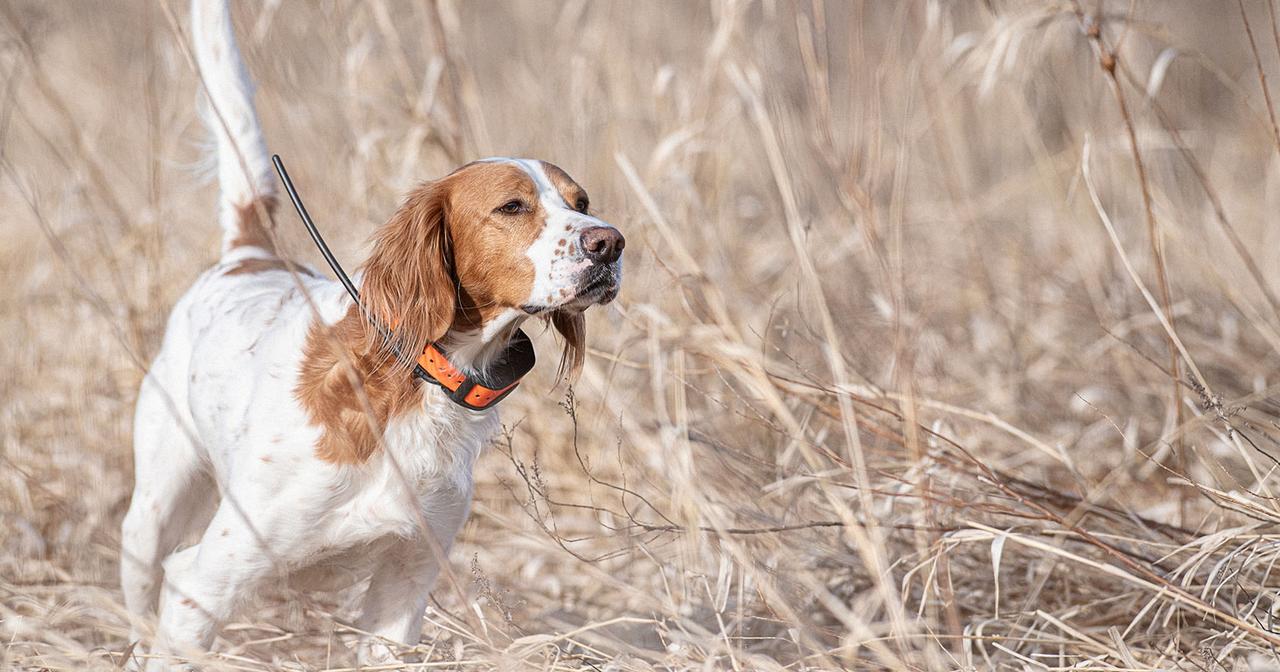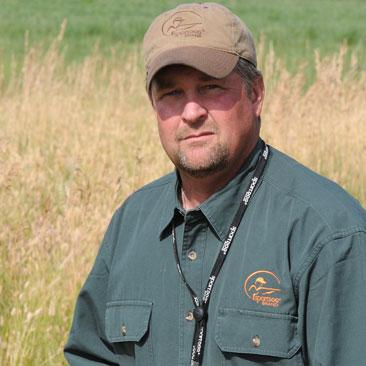
The Right Way to Fix Overcrowding
Posted by Shawn KinkelaarOne of the core principles of effective dog training is that the timing of a correction is critical. A dog associates a correction with whatever it is doing at the moment. Waiting too long to make a correction can create confusion.
It doesn't matter whether the correction is verbal, a tug on a check cord, or an e-collar stimulation. It's your responsibility to issue that correction while the dog is 'in the act.'
This isn't a hard concept for most people to grasp. None of us would expect a dog to associate a correction with something that it did 10 seconds earlier. Dogs have memories, of course, but their short-term memory doesn't work like that.
Ironically, when it comes to pointing dog training, once you understand the importance of timing in making a correction, it can lead to an opposite mistake: correcting a dog too early. This issue crops up most frequently, in my experience, when a young dog is still getting the hang of how to handle live birds.
When a trainer gets frustrated with a dog that's mishandling birds, the first tendency is to start anticipating the problem and issuing a correction before the infraction actually occurs. This is going to lead to some real problems, which shouldn't come as a surprise. After all, it would be reasonable for the dog to start thinking that he's being punished for simply locating birds, which he thought was his job.
Not surprisingly, what happens next is that the dog will start finding ways to avoid birds to dodge another telling-off. This behaviour typically shows itself in one of four ways: 1) blinking (scenting a bird but then purposely avoiding it by changing directions), 2) flagging (a soft point where the tail keeps wagging), 3) lying down (as if to say “I've had enough because I don’t want the boss having a go at me again”) or 4) becoming what I call a “mechanical” dog (a dog that runs and hunts but never really puts in a full effort for fear of stuffing up).
Regardless of what sort of breakdown your dog is having, he's doing it because he's confused. Solving the problem, as with most things in dog training, means going back to basics. The solution is NOT to keep putting your dog on birds and hoping he'll sort himself out.
Remember all those 'whoa' drills you did early on in your dog's young life, which eventually led to introducing live birds and gunshots? You need to swallow your pride and go right back to that stage. At some stage in your dog's training, you convinced him (or thought you did) that there's no way you're ever going to let him catch a bird, and also that there's no benefit to flushing. You need to get back to that moment in time.
In my pigeon program with young dogs, the only tools I'm using are a flat collar and a check cord. Let me suggest that that's where you need to be when you start the process of fixing a bird-bumping problem. As with all dog training, you've got no business using an e-collar to try to teach a dog something it doesn't know. The e-collar is used to reinforce commands your dog has already learned. This is no different.
If your dog crowds a planted bird, step in and set him back just like you did in earlier training. Then flush the bird, fire a blank and let the bird sail off. Be ready to correct him verbally and/or with a check cord immediately if he tries to break. How long do you have to stay in this retroactive stage? It could be a couple days or it could be a couple weeks, but it’s repetition, repetition and more repetition that will get you to the desired result.
The positive side to this situation is that your dog is keen as mustard to get a noseful of bird scent. That's a good thing. When he becomes too keen and starts crowding or bumping, it should only be a minor hiccup in his hunting career. If you sort out the problem quick smart and properly, you'll be back on track for heaps more top-notch hunts.

Shawn Kinkelaar
Effingham, IL
Shawn Kinkelaar was born and raised in the town of Effingham in central Illinois. Kinkelaar grew up hunting quail and pheasant over pointing dogs with his grandfather and uncle. He started field trialing in the early 1980s and in the late 1980s he began working for and with several of...
